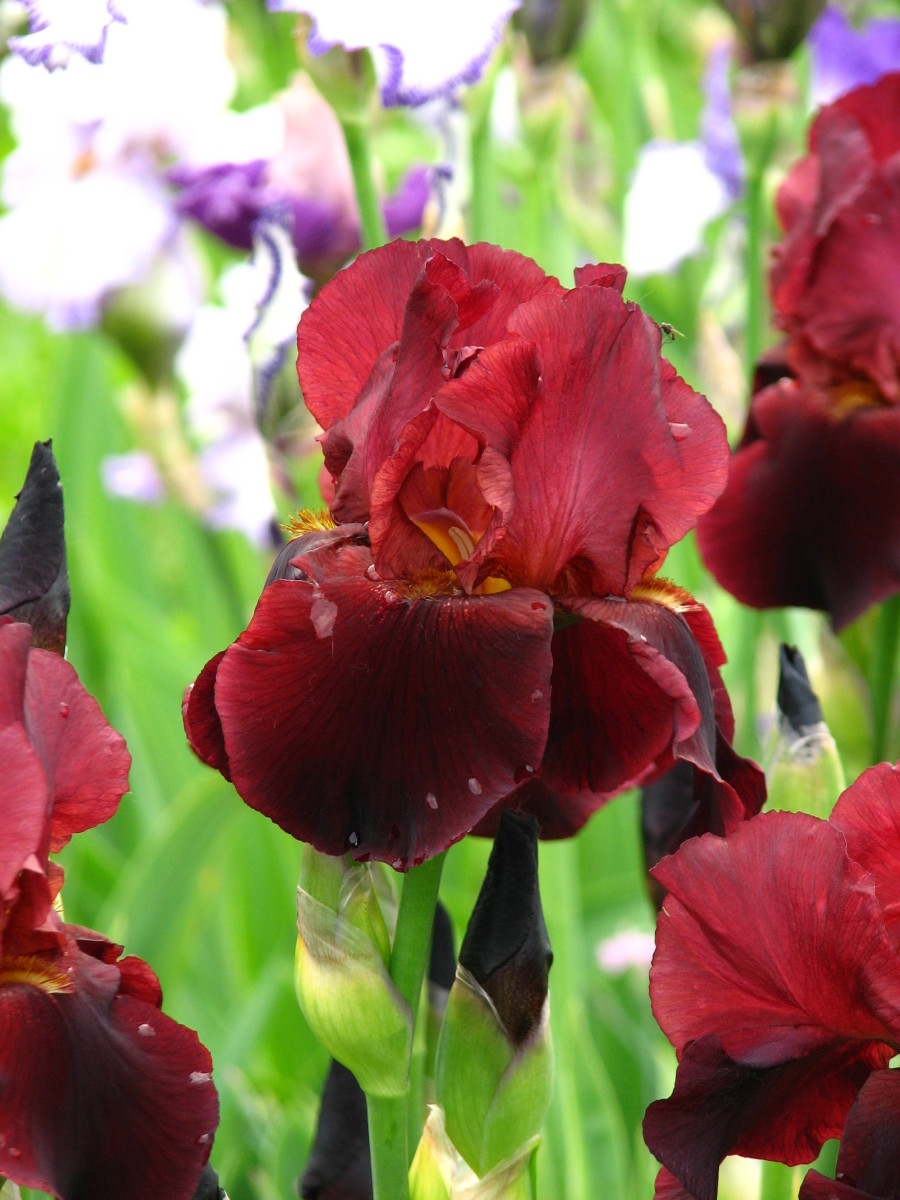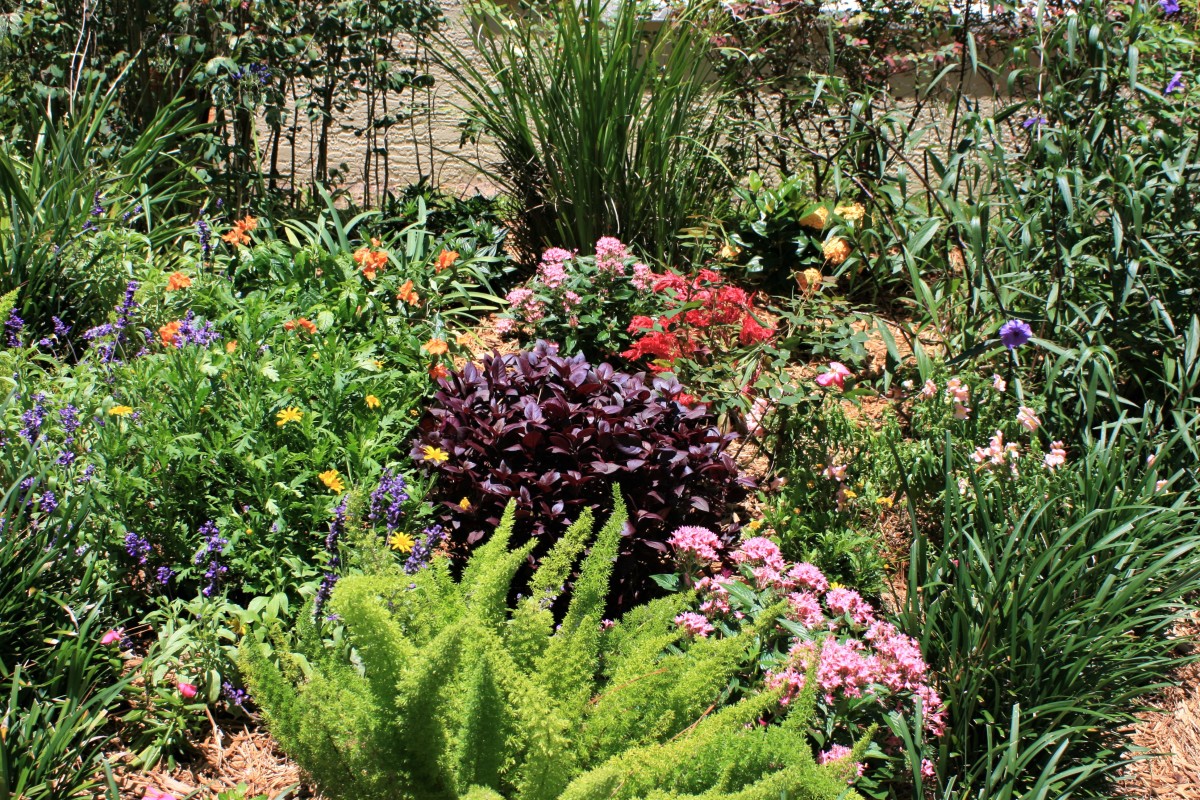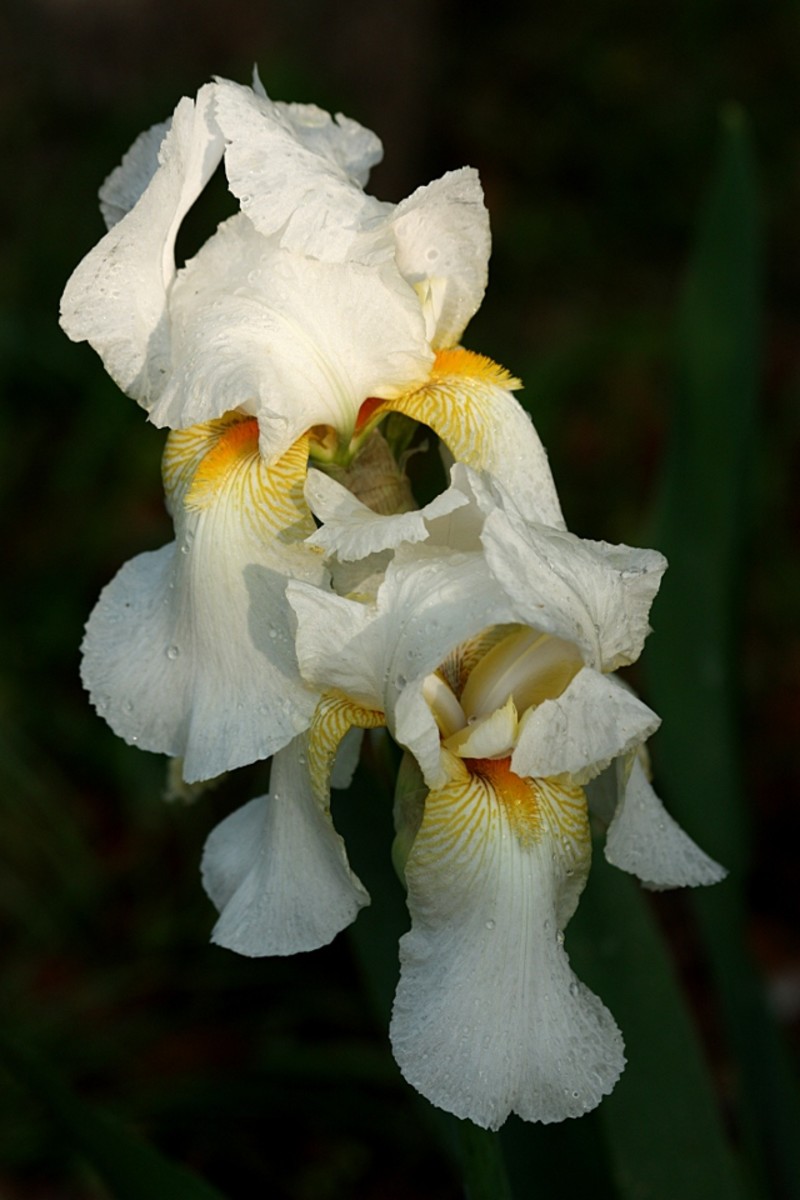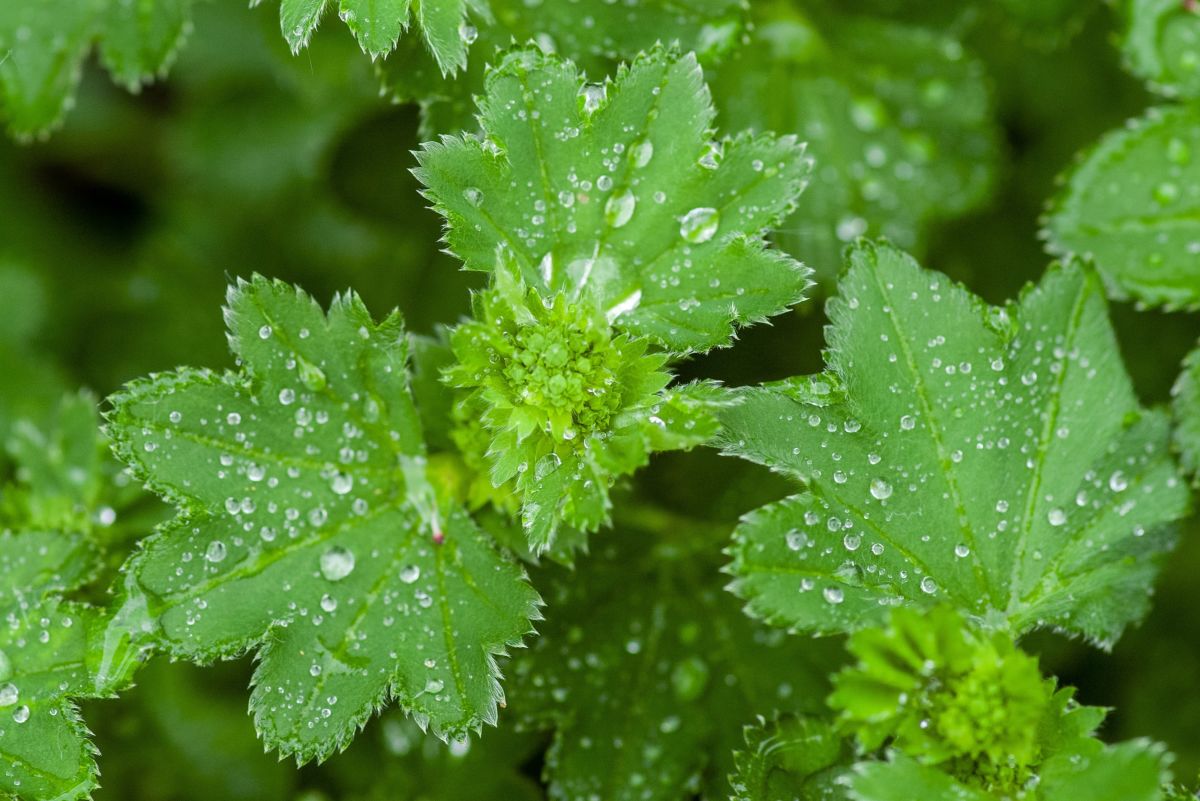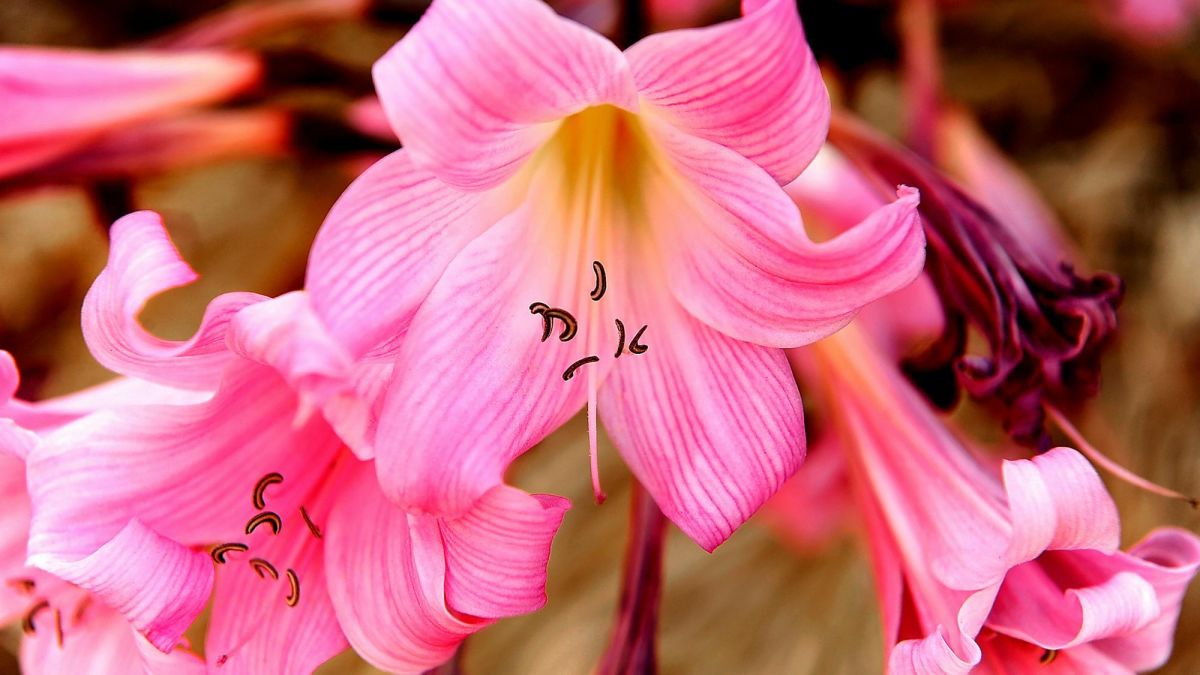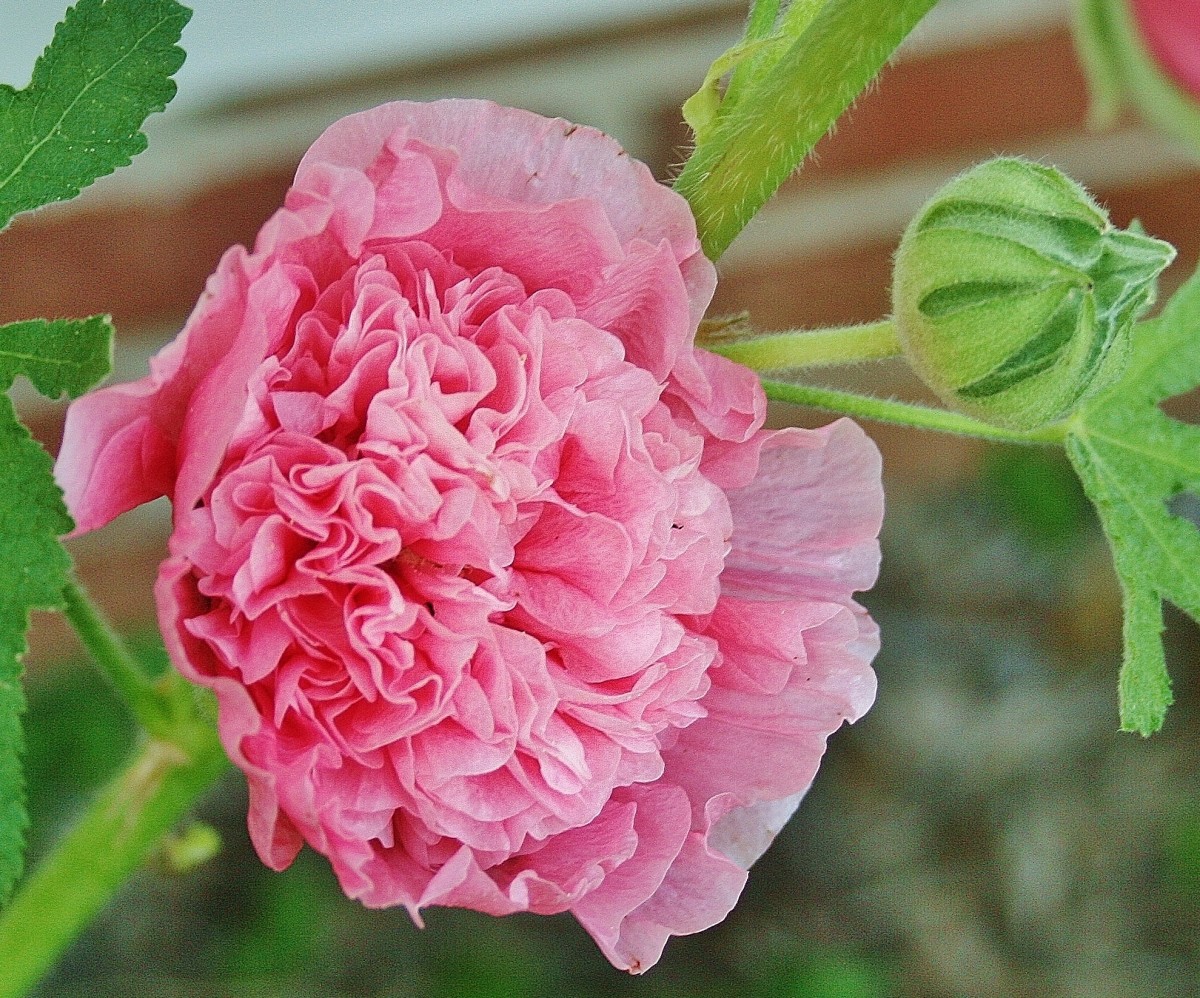The Inept Gardener: Growing Cosmos and Zinnias
Gardening can be a true joy, especially when after careful cultivation the plants really thrive. I love to get out and do my best for my plants, but often what I try to grow just doesn't make it. Sometimes this is due to my complete ineptness and other times to conditions out of my control like weather and wild critters. It is helpful to know what flowers the deer really like as an appetizer. I have seen my petunias, pansies, snap dragons and hummingbird vines disappear overnight. The Javelina seem to enjoy tulip and daffodil bulbs. Living in the high Arizona desert can also be a challenge to find flowers that will give a great show of color, yet not require too much of that precious water. Our annual rainfall is only about 12 inches, so water conservation is very important. I have tried many things, often to the point of feeling like a real plant killer, but have settled on a few varieties of flowers that have worked successfully year after year.

COSMOS
The first and most stalwart variety is cosmos. These beautiful flowers put on a great show for most of the summer. They have lovely feathery leaves and will produce lots of blooms per plant. They also don't particularly like enriched and fertilized soil, therefore will grow great amongst the rocks and weeds. A well established cosmos bed will actually choke out the weeds. The plants usually grow 2 to 5 feet tall and 1 to 2 feet wide. However, when our summer rains are plentiful, our cosmos have grown to 6 to 8 feet high. Sometimes they get so heavy with blooms we need to secure a rope to hold the whole bed in place. Cosmos do well in Zones 2-11, they like the sun and will attract bees and butterflies. An occasional hummingbird will also give them a try, but I'm not sure they come away with much nectar.
The seeds are sown right into the soil after the last frost. Spread them evenly and cover lightly with soil. Add water and the seedlings should be up in about 2 weeks. Cosmos are beautiful as a showpiece in a pot, as a background for smaller plants, or all by themselves in their own flower bed. They are an annual which means they should be replanted each year. The seeds can be harvested in the fall and replanted in the spring. Another idea is once the plants have dried, break the stems and let the whole plant lie in the flower bed all winter. This makes a nice mulch and also gets those seeds right into the ground without re-sowing each spring. When spring comes remove the old plants and start watering the bed or pot. Those prolific Cosmos will pop right back up! It's hard to keep a good cosmos down, even for an inept gardener. One more characteristic of cosmos is that they can be found growing in lots of places in your yard. Sometimes this creates some great effects. Give them a try this summer. They are one plant that will keep going without a lot of fuss and neighbors will think a skilled gardener must live in that house!

ZINNIAS
Another great flower for inept gardeners is the Zinnia. There are many varieties of Zinnias and they can be grown in all zones in the warm summer weather. I have found that Zinnias like a more enriched soil so I tend to sow them into pots. I typically sow them in the pots after the fear of frost is over and the seeds will sprout up in about one week. My Zinnias typically grow about 2 feet high. Each plant produces a single long lasting bloom. The blooms are a variety of colors and can be 3 to 4 inches in diameter with multiple petals. They are tolerant of many extreme weather conditions like heat, drought, and humidity. When the flowers are done, the whole bloom will visibly dry out. Once it is completely dry, break it off and place over a paper towel or a piece of newspaper to pull out the petals. At the end of each petal will be a seed to be saved for next season.
Both Cosmos and Zinnias can give a great show of color for very little effort.


